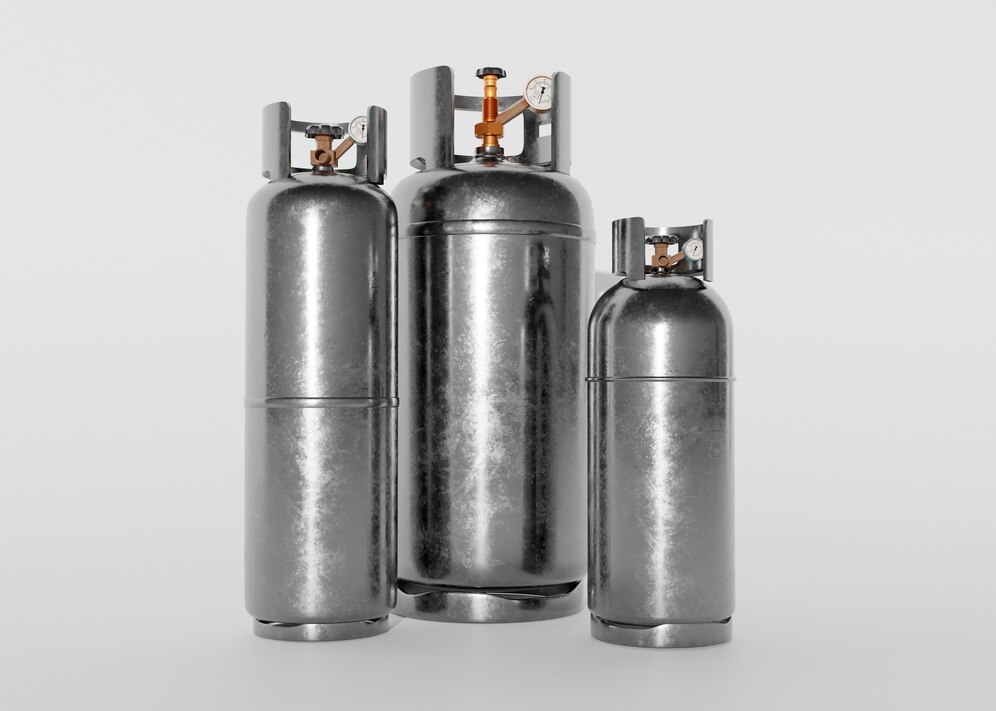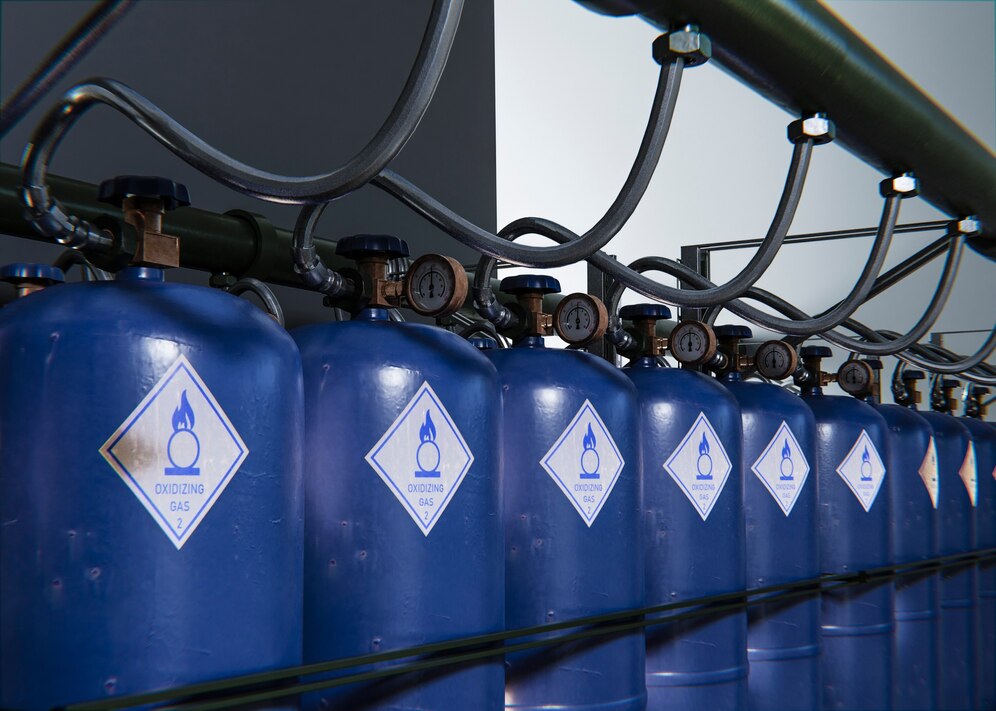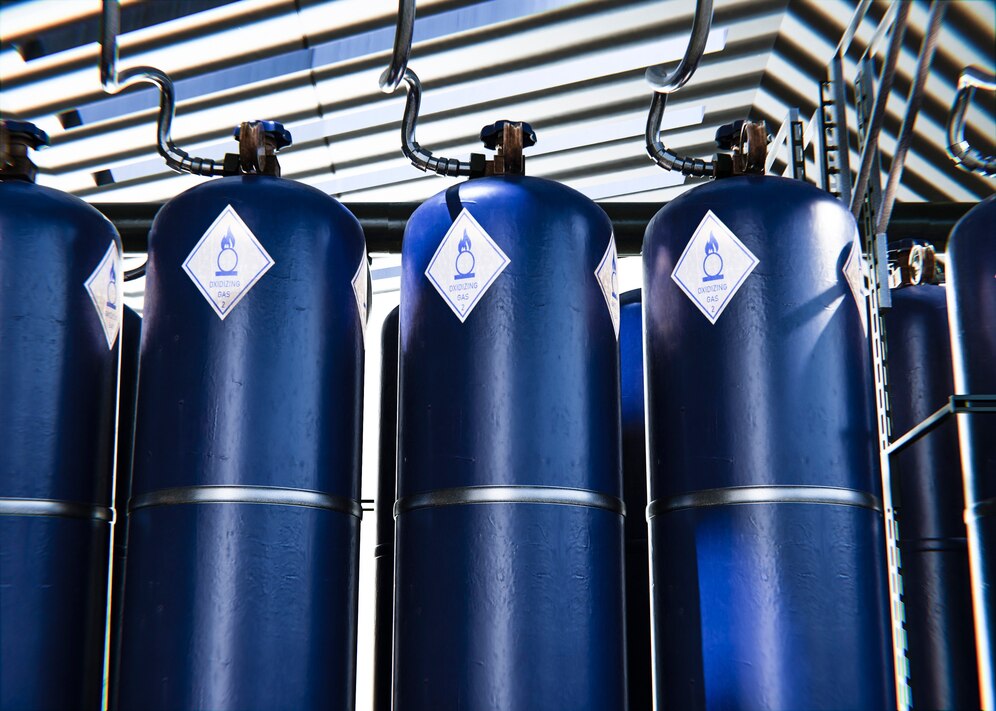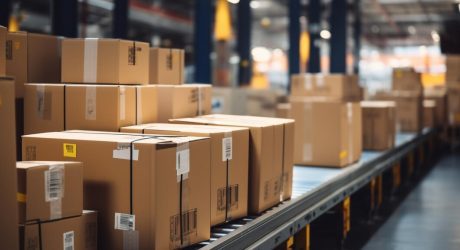Respiratory disease patterns in the US haven’t changed, meaning you or someone you know might need an oxygen tank at some point. That’s why understanding oxygen cylinder sizes can make a big difference. Choosing the right tank can take some of the stress out of oxygen therapy and make it more enjoyable.
A bad tank can cause more problems than it solves. It’ll be too heavy to move around and not provide you with all the oxygen you need. In contrast, good oxygen tanks help you breathe easily for longer periods.
We’ll explain the ins and outs of cylinder sizes to help you choose the right one for your needs. Keep reading to learn more about this vital piece of medical equipment.
Understanding Oxygen Cylinder Sizes
For oxygen tank sizes and capacities, variations exist between companies due to the specifications they follow. All over, you’ll see cylinders like the M6, a small, easy-to-carry one that usually holds around 164 liters of oxygen. But sometimes, one M6 might be heavier than another.
Even though the cylinders can be extremely different, there are still some typical sizes you’ll see.
Small Oxygen Cylinders
Small cylinders are perfect for those who need portable oxygen. These cylinders fit in most backpacks or small bags.
However, they have a limited oxygen supply. The smallest cylinders usually hold up to 170 liters of oxygen, while the larger ones in this category can hold up to 425 liters.
Medium Oxygen Cylinders
Depending on the model, these cylinders can hold between 425 and 680 liters of oxygen. While they’re not as lightweight as small cylinders, medium cylinders are still practical to carry.
Large Oxygen Cylinders
Large oxygen cylinder sizes are best for those who need a more substantial oxygen supply. The oxygen cylinder capacity for these tanks ranges from 680 liters to over 2,000 liters.
They’re suitable for long-term use or in medical facilities. However, these tanks are heavy, so they’re not ideal for people who require mobility.
Different Types Of Oxygen Tanks Available

The gas we find in tanks can either be in compressed form, as concentrators, or in liquid form. The type that you want defines the ideal uses and features you need. Let’s get a more detailed understanding:
Compressed Oxygen Cylinders
A primary difference between compressed air and the air we inhale is the oxygen level, which is different in both. The usual atmospheric air has only 21% of oxygen. On the other hand, compressed gas tanks have 99.9% of unfiltered oxygen.
Concentrators
Secondly, there are concentrators which doctors mainly use for therapy treatment. It purifies the breathing air of users by removing impurities and nitrogen gas from the usual air. Furthermore, the filtered oxygen is stored in the tank or bottle for use.
Liquid Oxygen Cylinders
Finally, there are liquid oxygen cylinders that have the same oxygen percentage as compressed tanks. However, they are found in a liquid state. When in contact with warmer temperatures, this reverts back to its gaseous state.
Considerations While Choosing The Right Cylinder Size
People all across the globe have been using, transporting, and manufacturing gaseous oxygen. Generally, it is liquified or compressed before being stored in cylinders, which is mainly meant for the healthcare sector. However, when it comes to choosing the apt cylinder size, there are a few important considerations that must be made:
Size And Capacity
First, think about how much oxygen you need. This will depend on the types of oxygen support you require and the duration you’ll need it for. For example, if you only need supplementary oxygen for a few hours a day, a small or medium cylinder might be suitable. But if you need constant support, a larger cylinder is ideal.
Portability And Storage
Another important consideration is how you are going to store these cylinders and transport them to other locations. Smaller medical oxygen tanks are easier to store and require less space.
You can keep them in your closet or handbag. Consider the cylinder length when determining your storage needs. Longer cylinders won’t be able to fit under tables or below beds. You should measure your space before you get a longer cylinder to make sure it will fit.
Valves And Flow Regulators
Almost all oxygen tanks serve the common purpose of regulating the oxygen flow. These regulators help you create a particular amount of gas with gas cylinders. Furthermore, these cylinders coming with zero flow regulators are not quite safe to use. They release a large amount of compressed air that may result in fire and explosions. Here, cylinder valves are equally important.
Usage Duration
The total period of using a gas cylinder determines the size or types of oxygen tanks you must choose. An ideal cylinder or oxygen tank must serve its purpose until the end of its utilization. This helps prevent the need to refill time and again or other associated inconveniences. Patients use these oxygen tanks with the aim of lasting long. And there’s no point in buying a tank that cannot last long.
Cost
The price of oxygen gas tanks is very different on the basis of their use, type, size, effectiveness, and quality. Although the gas cylinder might be a little cheaper, its maintenance cost can be a liability in the future. Hence, make sure to buy one that suits your needs, is within your reach, and is manageable without having to break the bank.
Oxygen Cylinders: One Step Closer To Proper Breathing and Better Health

Understanding oxygen cylinder sizes is crucial for selecting the right one. Smaller cylinders offer portability, while larger ones ensure a continuous supply of oxygen. Consider your oxygen requirements and storage space when choosing your next oxygen cylinder.
Breathing right is essential for staying healthy, and so is how you live your life. So, if you are keen on making your life healthier, do save this article. Thank you for reading till the end. Do not forget to share your thoughts with us. Also, check out more of our health blog to learn how to live better.
Read Also:




























